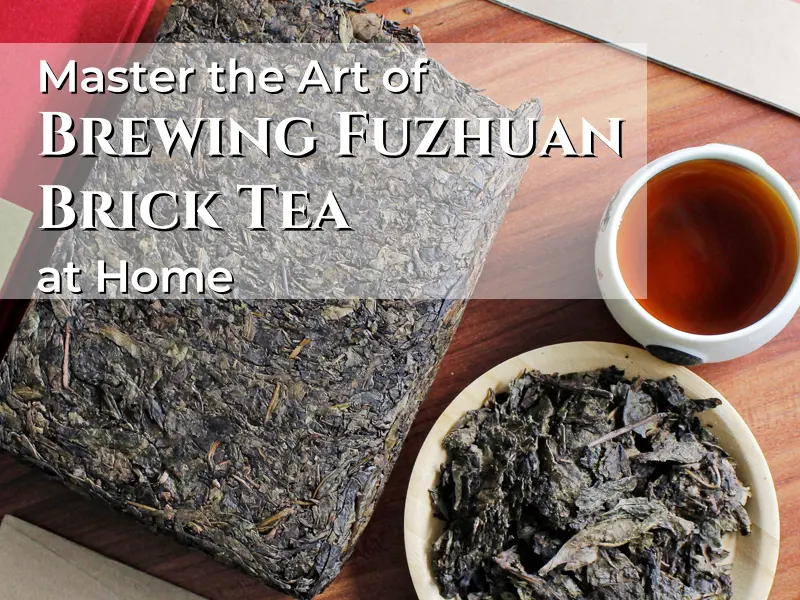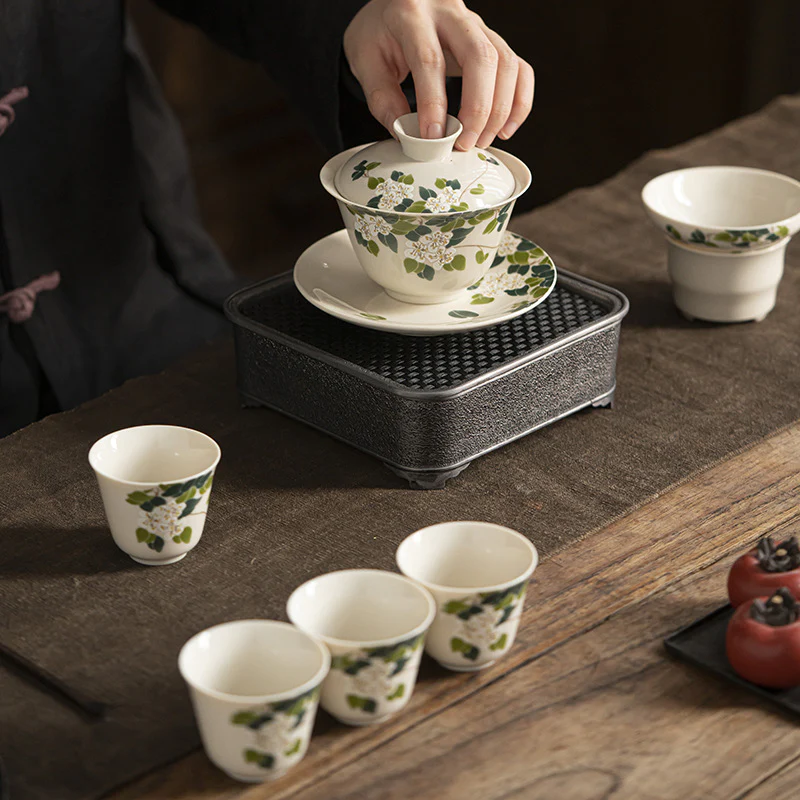Fuzhuan tea, also known as Fuzhuan brick tea, is an interesting and flavorful dark tea that traces back to the Jingyang region of the Qinling Mountains. This aged tea has become ubiquitous for its rich taste and potential health benefits. If you’re inquisitive about how to brew the ultimate glass of Fuzhuan tea at home, you’ve come to the right place.
In this comprehensive guide, we’ll investigate the craftsmanship of planning this dazzling tea, guaranteeing you can savor its full flavor and smell in the comfort of your home.
Comprehending Fuzhuan Brick Tea
Before jumping into the brewing preparation, getting what makes Fuzhuan tea uncommon is fundamental. This dark tea experiences a one-of-a-kind maturation process, which includes the development of golden flowers (Eurotium cristatum) as the tea clears out. These brilliant blossoms contribute to the tea’s unmistakable flavor profile and potential health properties.
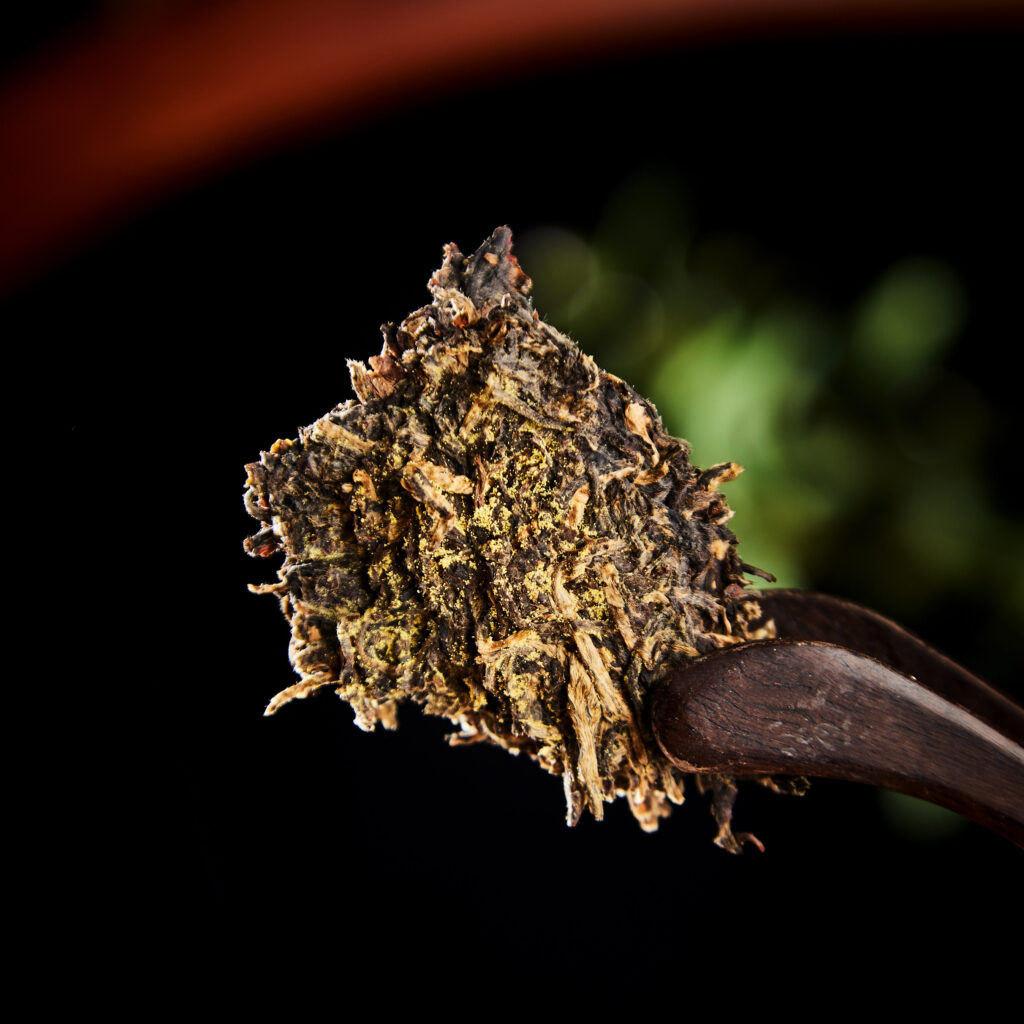
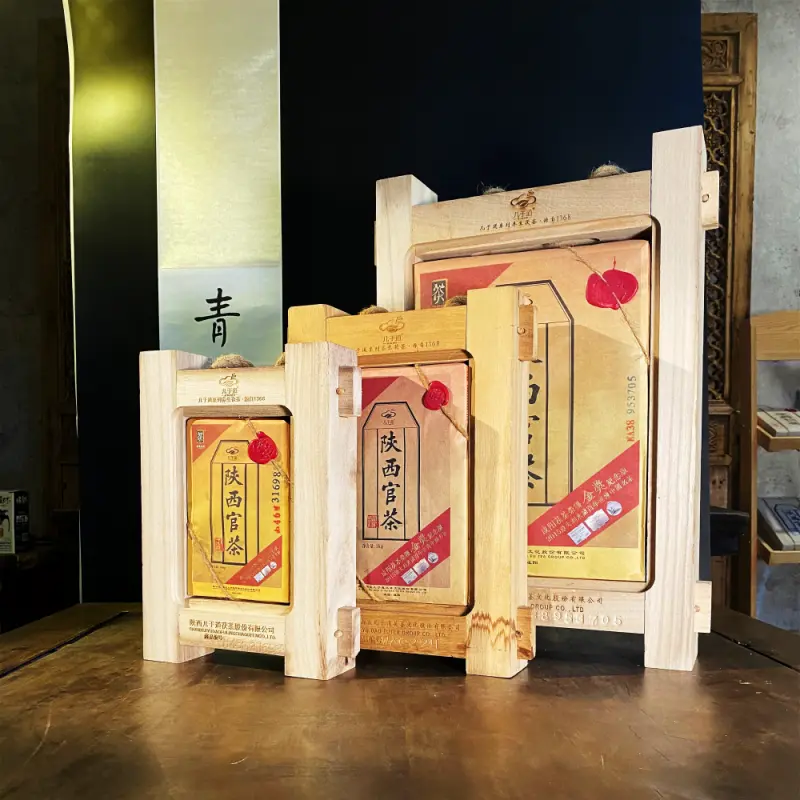
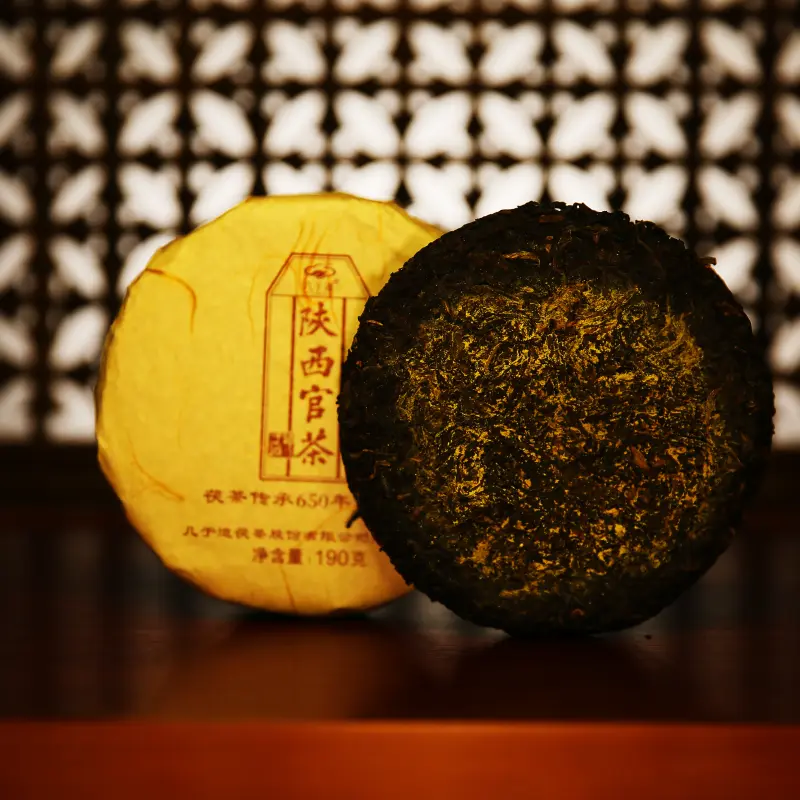

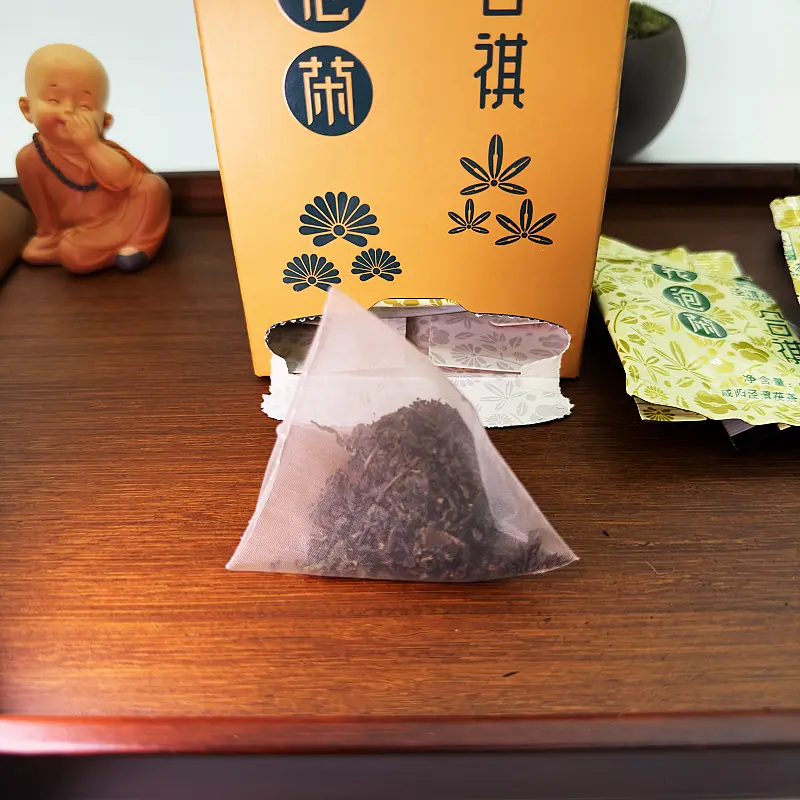
Fuzhuan tea is typically compressed into a brick shape, which is also called Fuzhuan Brick Tea. This compression helps preserve the quality of the tea and promotes the aging process, enhancing its flavor over time. Fuzhuan tea is known for its smooth and mellow taste, with delicate herbal notes and a hint of sweetness. In modern times, Fuzhuan tea is also available in compressed tea cakes, pre-divided small pieces from tea factories for added convenience, and tea bags.
When selecting Fuzhuan tea for brewing, look for bricks with a uniform appearance and a slight golden hue, indicating the presence of golden flowers. High-quality Fuzhuan tea should have a pleasant, earthy aroma without musty or off-putting scents.
Read more>>>>>>How to Choose and Brew Fu Brick Tea? 4 Selection Tips and 5 Brewing Methods
Essential Tools for Brewing Fuzhuan Tea
To brew the perfect cup of Fuzhuan tea, you’ll need a few key tools:
Investing in good-quality tools can significantly enhance your tea-brewing experience. A clay teapot or a gaiwan made of porcelain is an excellent choice for brewing Fuzhuan tea, as it helps retain heat and doesn’t interfere with the tea’s flavor. When it comes to water, using filtered or spring water can make a noticeable difference in the taste of your tea. Avoid using distilled water, as it can result in a flat-tasting brew.
Step-by-Step Guide to Brewing Fuzhuan Tea
Now that we have our tools ready let’s walk through the process of brewing the perfect cup of Fuzhuan tea:
所需时间: 5 分钟
- Prepare the tea
Carefully break off 3-5 grams of tea per 150 ml water using a tea knife or puer pick. If you’re new to Fuzhuan tea, start with a smaller amount and adjust to your taste preferences in future brews.
- Rinse the tea
Place the tea leaves in your teapot or gaiwan. Pour hot water (around 95°C or 203°F) over them and immediately discard the water. This quick rinse helps “awaken” the tea leaves and remove dust.
- First infusion
Pour hot water over the leaves again, filling your brewing vessel. Let it steep for about 30 seconds to 1 minute.
- Serve
Pour the tea through a strainer into your serving cups. Appreciate the rich, amber color of the brew and inhale its earthy aroma before taking your first sip.
- Subsequent infusions
Fuzhuan tea can be infused multiple times. For subsequent brews, gradually increase the steeping time, adding 10-15 seconds for each infusion. This allows you to experience how the flavor evolves with each brew.
Remember, the brewing process is not set in stone. Feel free to experiment with water temperature, steeping time, and the tea used to find your perfect brew. Some tea enthusiasts prefer slightly cooler water (around 90°C or 194°F) for a smoother taste. As you become more familiar with brewing Fuzhuan tea, you may want to try the traditional gongfu method. This involves using a higher ratio of tea to water and multiple short infusions, which can reveal subtle nuances in the tea’s flavor profile.
Tips for Enhancing Your Fuzhuan Tea Experience
To truly appreciate the complexity of Fuzhuan brick tea, consider these additional tips:
- Patience is key: Fuzhuan tea often improves with subsequent infusions. Don’t rush the process; take your time to savor each cup and notice how the flavor evolves.
- Experiment with aging: Fuzhuan tea can be aged to develop more complex flavors like many fermented teas. Store a portion of your tea brick in a cool, dry place and compare it to fresh Fuzhuan tea after a few months or even years.
- Pair with food: Fuzhuan tea pairs well with rich, savory foods. Try it with dim sum, roasted meats, or dark chocolate for an interesting flavor combination.
- Explore different varieties: Several types of Fuzhuan tea are available, each with its own unique characteristics. Try teas from different regions or processing methods to expand your palate.
Conclusion
Brewing Fuzhuan tea at home can be a rewarding and meditative experience. As you become more familiar with the process, you’ll better appreciate this unique tea and its rich cultural heritage. Whether you’re seeking a new tea adventure or expanding your tea repertoire, Fuzhuan tea offers a world of flavor waiting to be explored.
The journey of tea appreciation is ongoing. Each brewing session is an opportunity to learn and refine your technique. So, gather your tools, select your favorite Fuzhuan brick tea, and embark on a flavorful adventure in your kitchen. With practice and patience, you’ll soon be brewing perfect cups of Fuzhuan tea that rival those served in the finest tea houses.
We serve thousands of satisfied tea enthusiasts in our tea house each year, and we’re excited to share these exceptional teas with tea lovers worldwide at Orientaleaf.com.

References
- Liu, Z., Zhao, L., & Zhang, Y. (2019). Fuzhuan Brick Tea: A Special Chinese Dark Tea with Special Health Benefits. Journal of Food Quality, 2019, 1-10.
- Mo, H., Zhu, Y., & Chen, Z. (2008). Microbial fermented tea – a potential source of natural food preservatives. Trends in Food Science & Technology, 19(3), 124-130.
- Ling, T. J., Wan, X. C., Ling, W. W., Zhang, Z. Z., Xia, T., Li, D. X., & Hou, R. Y. (2010). New Triterpenoids and Other Constituents from a Special Microbial-Fermented Tea—Fuzhuan Brick Tea. Journal of Agricultural and Food Chemistry, 58(8), 4945-4950.
- Zhang, L., Zhang, Z. Z., Zhou, Y. B., Ling, T. J., & Wan, X. C. (2013). Chinese dark teas: Post fermentation, chemistry, and biological activities. Food Research International, 53(2), 600-607.
